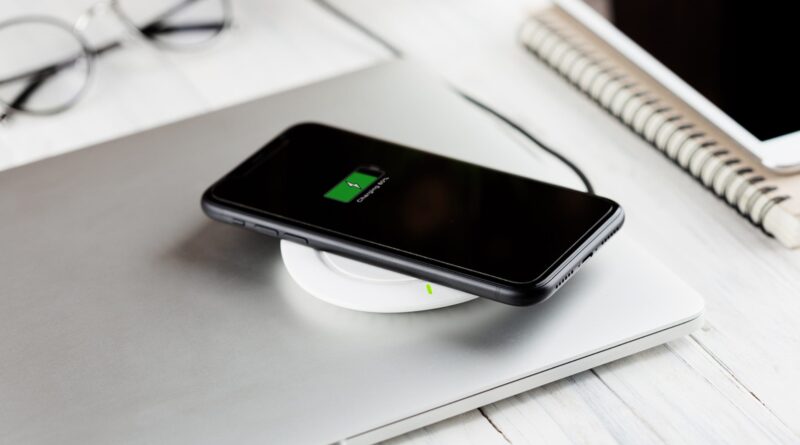How To Choose a Wireless Charging Station?
We tell you what to pay special attention to when looking for a charging station.
Power: output, input
The main parameter of such charging is power. It must match the power of the smartphone or other gadget to be charged. If you do not want to understand the parameters, select a station of the same brand as the phone. But this is not necessary – most phones get along with products from other brands.
Wireless chargers have two types of power.
- Input is the power that the charging itself consumes from the network. As a rule, this parameter is from 5 to 25 watts.
- Output – the charge speed depends on it. Match the output power to the phone – otherwise the device simply will not charge or will do it too slowly. For example, iPhone XS, XR and XS Max, Galaxy S10 support 10W; Xiaomi Mi 10 Ultra – as much as 50 watts. Power can be specified on the body or box of the device, in some cases – on official websites or in blogger reviews.
Power adapter
Wireless chargers are often sold without a power adapter, like a wall outlet with usb. When choosing a block, pay attention to the power. Due to the imperfection of induction technology, up to 30% of energy is lost during wireless charging. If you connect a 5 W wireless station to an adapter of the same power, then due to losses during charging, the phone will consume almost half as much. To avoid this, choose a power adapter with slightly more power. For example, a 10W adapter would be useful for a 5W gadget to get the maximum wireless charging speed.
Standards
Qi is the most common wireless technology for charging devices. Its basis is electromagnetic induction, when energy is transferred using electromagnetic fields. Qi phones are supported by almost all popular manufacturers.
We will briefly talk about other transmission standards, although the average user will most likely have to deal with Qi technology.
PMA. It differs from the Qi standard by the frequency of the current in the coil: Qi operates at 100–205 kHz, and PMA operates at 277–357 kHz. The number of devices with PMA is much smaller than those that work with Qi.
Rezence is promising, but not yet widespread option. An important difference between this standard and other technologies: Rezence uses the effect of magnetic resonance and transmits energy over a distance, even though the obstacles like books or furniture. With the help of such stations, you can charge powerful devices, such as laptops.
Manufacturer
Wireless stations manufactured by Xiaomi, Samsung, Belkin, Apple, Mophie, Bixton, Lexon, Baseus, Native Union are popular. They are protected from power surges, overheating, short circuits.
Wireless chargers of trusted brands cost between 500 and 5,000 dollars. It’s better not to save money: low-quality chargers get very hot themselves and heat up the phone, this is harmful to the smartphone’s battery and is a fire hazard. Before buying a device, study the reviews and reviews.
Portability
There are stationary and portable wireless chargers on the market. The first one’s work from the network, are equipped with a cable and a power supply unit (included or purchased separately). The second is external batteries. Power banks are charged from the network, but they can be taken with you on a long journey. The battery capacity of such a charge is enough to fully charge the smartphone several times (depending on the phone’s battery).




